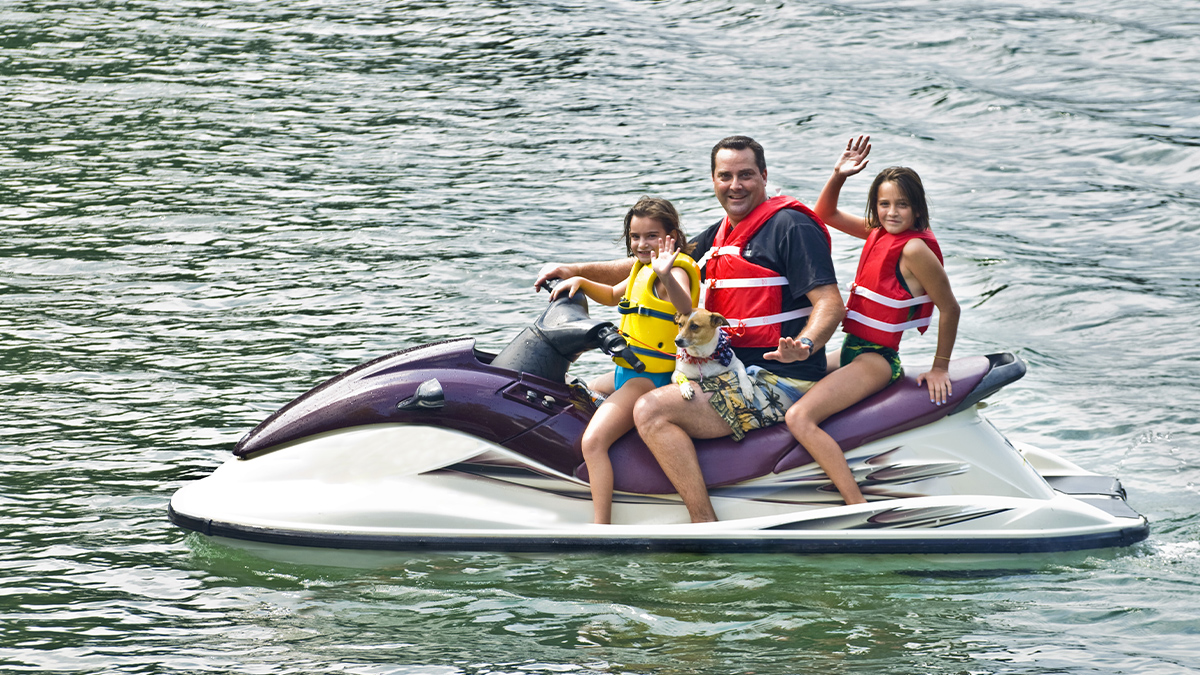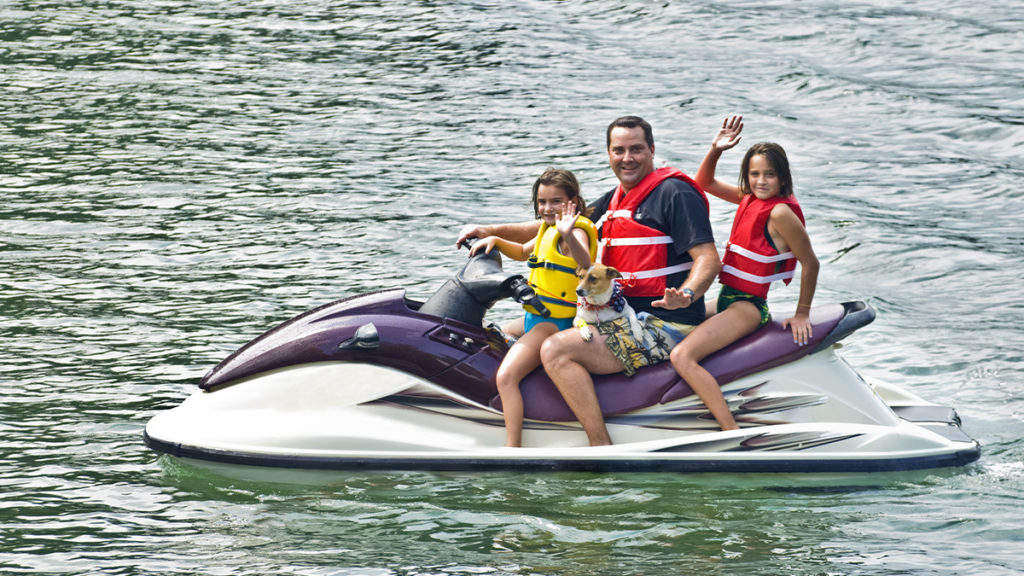
Funny thing I’ve noticed about people over the years is they like to announce where they’re going and ask others where they are off to. “Where are you going?” or, “I am going here or there” are common and easy conversation points. You might say “Hey, I’m going to the store, be right back” or you may ask “Where are you going?” as someone else is leaving.
If you say you are going to the convenience store down the street and you don’t come back, you can safely guess that people will start to look for you. It’s a pretty easy fix when they find your car, broken down on the side of the road between here and there, and, as long as you stayed with the car, you will be there too!
This is a totally different situation when you go out on a boat. There are winds and waves and currents, in-coming & out-going tides, no street signs, only infrequent landmarks, and even fewer if you are offshore. You need to let a Responsible Person on Shore (RPOS) know where you are going, providing at least a brief description of your timing for various destinations, and very importantly, when to expect you back. This is known as a FLOAT PLAN (a printable sample is provided below).
For any specific vessel, there is basic information that will be included in all of its’ float plans and will not change from trip to trip (i.e., vessel name, state registration #, owner/operator, make/model/size, color, type of craft, etc.) This information can be filled in on a Float Plan template and scanned or copied to use for individual trips on that vessel. If your vessel has a dingy or life raft, it’s information should be entered on your Float Plan template as well. Also include telephone numbers for local authorities (local or state police/U.S. Coast Guard) on your Float Plan template. Additional information will change from trip to trip and should be customized to your individual specs for each voyage. Always include where you are going, when you should be expected to return, and what your plans in between are. Also, be sure to list every passenger onboard for the trip, describing any medical issues, disabilities, or special needs. Your Float Plan should be left with or emailed to your Responsible Person on Shore (RPOS).
Let’s take a look at an example day trip: You are going to trailer your boat to the local ramp in Woodbridge NJ, take a ride up the Raritan River, cross the bay to the Statue of Liberty, dock for lunch in Keyport NJ, head back to the ramp in Woodbridge, and then load up and head for home. You are going to leave at 9:00am and plan on returning at around 4:30pm. The Float Plan for this trip should list an estimated time of arrival (ETA) for each stop or port, an estimate of how long you plan to be at the stop or port, and any stop/port contact information that is available. Cell phones can make altering your plans a little easier nowadays. If you are within cell phone range and decide to tube for half an hour in the lower bay, you can simply send a text or email to your responsible person on shore and adjust the time of your expected return. You can also take pictures and text them to your responsible person, keeping them updated on your progress and the timing of the trip.
IMPORTANT NOTE: “OVERDUE” is a pre-determined time that authorities should be contacted if you do not return as expected from your voyage and have not communicated with your RPOS. If you are the Responsible Person on Shore and have made several unsuccessful attempts at contact, you should alert authorities (local or state Police/the U.S. Coast Guard) at the determined Overdue time listed on the Float Plan. Numbers for these authorities should be listed on the Float Plan template.
Whether you are planning a local day trip or taking a multi-week nautical excursion, having a Float Plan is an essential part of boating safety. Float Plans are not just for cruisers and sailors, they are just as important for canoeists, JetSkiers, kayakers, and operators of small craft on inland lakes, rivers, and streams. Any time you head out on the water, be sure to let someone (your responsible person on shore) know where you are going, what your plan is, and when to expect you back.
